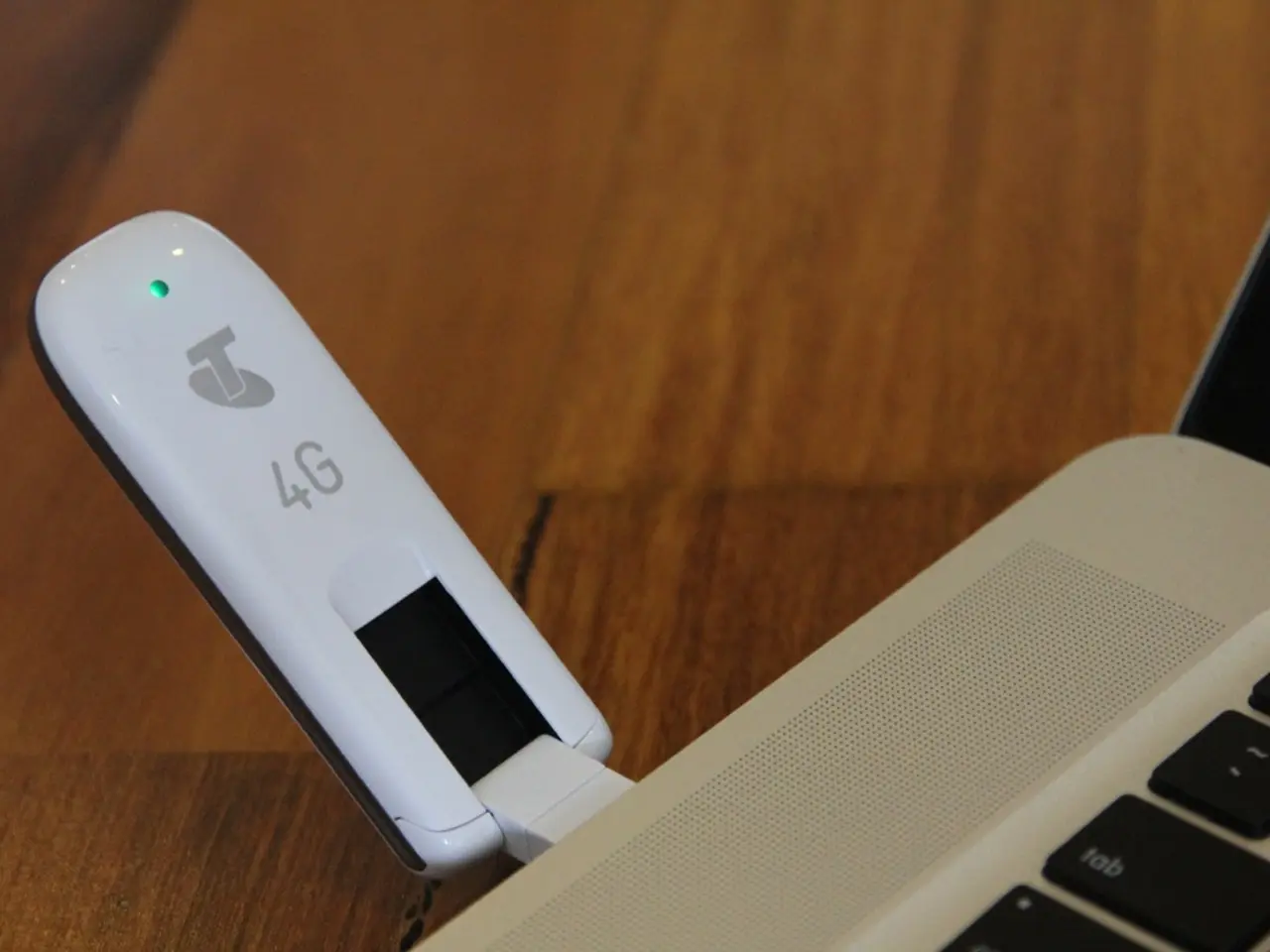USB-C Connection Under Scrutiny: Potential Barrier to Innovation?
The European Union has introduced a legislation mandating the use of USB-C charging ports for small electronic devices, effective from December 28, 2024. This regulation is aimed at reducing electronic waste and improving sustainability by standardizing charging ports, but it has sparked debates about its impact on innovation.
The EU mandate applies to a wide range of devices, including mobile phones, tablets, cameras, headphones, gaming consoles, speakers, e-readers, keyboards, mice, and portable navigation systems. However, laptops are excluded from the initial legislation, with a mandate set for April 28, 2026.
One of the concerns raised by industry players is that the mandate could restrict design freedom and potentially hinders innovation. By requiring USB-C as the standard charging port, manufacturers may be limited in exploring alternative or innovative charging technologies or form factors. For instance, Apple's rumored iPhone 17 Air, which aims to be fully wireless and potentially portless, could face delays or stifling due to the EU mandate.
Moreover, the mandate could limit the development of proprietary technologies. Before the USB-C mandate, companies like Apple developed proprietary charging solutions like the Lightning connector. The uniformity imposed by the mandate might reduce incentives for developing new, proprietary alternatives.
Another concern is the potential for compliance overhead. Manufacturers selling globally must comply with divergent regional regulations. Although the EU mandates USB-C, companies might face challenges in balancing compliance with innovation elsewhere, increasing design complexity and costs, which could indirectly slow innovation cycles.
However, the EU's regulation also drives industry-wide benefits. It promotes sustainable innovation by prioritizing ecological impact, reducing electronic waste, and encouraging longer device lifetimes through durability and repairability standards. The mandate also aims to provide consumer-friendly compatibility, allowing the use of the same cable and charger for all devices.
It's important to note that the USB standard for data continues to evolve independently. Furthermore, the legislation does not inhibit innovation worldwide. While the imposition of USB-C may slightly harm innovation and not soon, the strategy may only be a temporary hurdle in the pursuit of sustainable and consumer-friendly technological advancements.
The USB-C connector is compatible with all versions of USB, from USB 1.0 onward, and will likely remain compatible with future standards for some time. However, USB-C cables may not support protocols like Thunderbolt or different power levels and versions like USB 3 or USB 4, affecting data transfer speeds.
The legislation does not cover data transfer, allowing manufacturers to invent new data connectors. The USB-A connector, which has been around for nearly three decades, remains relevant in some applications. The legislation only applies to wired charging, while wireless charging continues to evolve without constraints.
Despite the concerns, the legislation has drawn criticism from certain tech giants who were forced to abandon their proprietary connectors. However, the mandate ensures compatibility with Power Delivery for fast charging regardless of charger brand, mitigating some of the concerns about innovation.
In summary, while the European USB-C mandate promotes environmental sustainability and consumer convenience, it is likely to hinder innovation mainly by constraining design freedom and discouraging radical new charging technologies, such as fully portless, wireless smartphones. This tension is exemplified by Apple's cautious balancing act, complying with USB-C for standard models but exploring wireless-only designs that might push against EU mandates.
The mandate might potentially restrict manufacturers from exploring alternative or innovative charging technologies or form factors, such as Apple's rumored iPhone 17 Air, which aims to be fully wireless and potentially portless.
The uniformity imposed by the legislation might reduce incentives for developing new, proprietary alternatives like Apple's Lightning connector.




